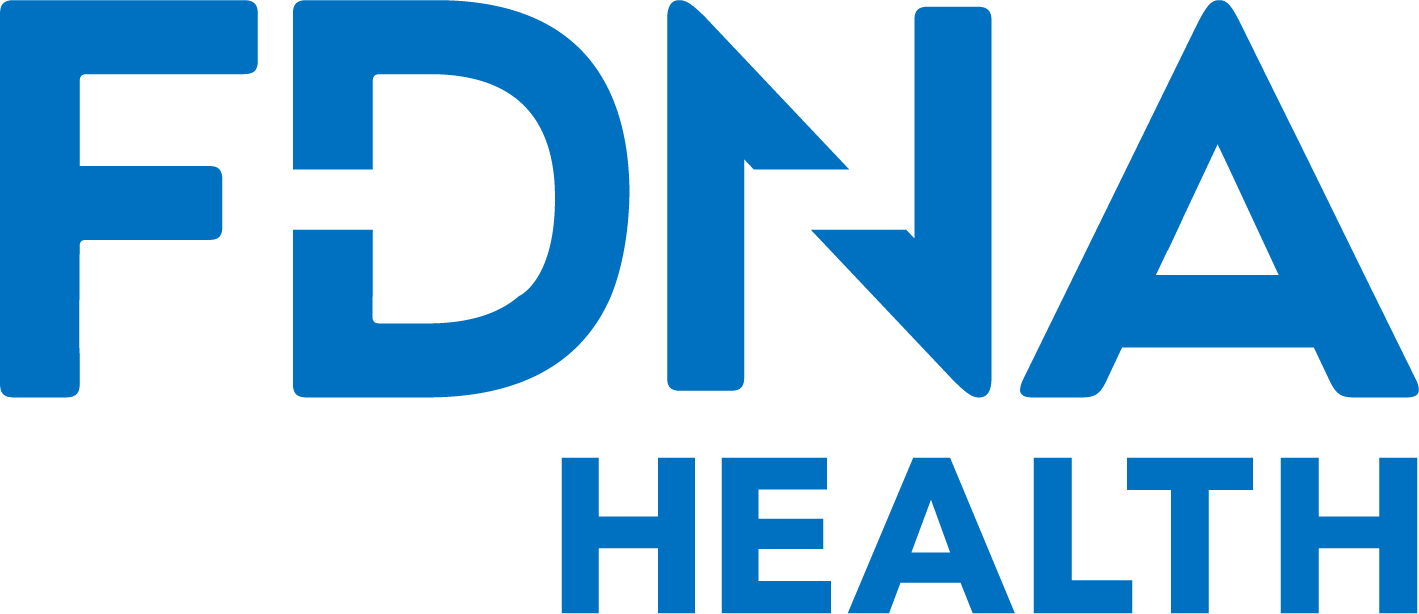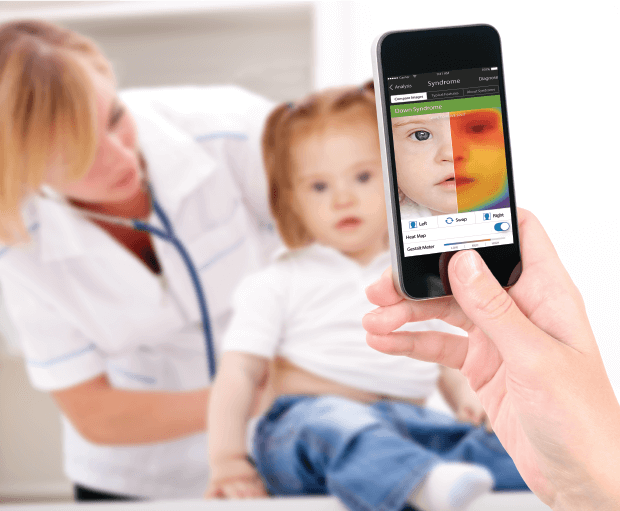Las características faciales de las enfermedades genéticas
Some of the most widely recognized symptoms of rare diseases are their unique facial features. Perhaps the most well known of these are the almond-shaped eyes and flattened nasal bridge common in individuals with Síndrome de Down.
Cuando se trata de diagnosticar una enfermedad genética, la identificación de rasgos faciales específicos en un individuo puede usarse para ayudar a llegar a un diagnóstico preciso de una enfermedad rara. Los rasgos faciales por sí solos pueden no ser suficientes para diagnóstico genético - análisis genético, la detección y las pruebas también desempeñarán su papel, así como la presencia e identificación de otras afecciones médicas y de salud y problemas relacionados con la genética específica. síndrome.
Los diferentes tipos de rasgos faciales de las enfermedades genéticas.
Identificamos algunos de los rasgos faciales según la parte del rostro a la que afecten. Estos son solo una muestra de los miles de rasgos faciales únicos que pueden caracterizar una enfermedad rara.
Los ojos
Deep-set eyes – this facial feature describes eyes that are positioned deeper into the face than is typical. There is no precise or standardized measurement criteria for this.
Crossed eyes – also referred to as strabismus this unique facial feature describes eyes that are not aligned. Eyes may point in different directions.
Las orejas
Cupped ear – this refers to an ear with an outer rim folded into the ear. It makes the ear appear cup-shaped. This facial feature is congenital and present at birth. If this cupping is severe it may affect hearing as well.
Low-set ears – these are ears positioned lower down the head than might be expected to be normal.
La nariz
Depressed nasal bridge – this often presents as a flattened bony part at the top of your nose. It may make the nose look flatter.
Bulbous nose – this is a nose that may appear fatter or rounder than normal. It usually appears bigger in the lower part of the nose, as well as in the tip.
La cara
Midface retrusion – this facial feature leads to the development of a middle part of the face that appears underdeveloped, as well as flatter and smaller than normal.
Broad forehead – this facial feature refers to a forehead that is wider than the norm. It can be measured when the distance between the two sides of the head is wider than two standard deviations above the norm, after taking into account age and sex.
Enfermedades genéticas y sus rasgos faciales.
Las enfermedades raras suelen tener su propio conjunto único de rasgos faciales. Un rasgo facial único o diferente no es, por sí solo, suficiente para justificar una diagnóstico genético. Un rasgo se convierte en rasgo de una enfermedad rara, solo cuando hay más de un rasgo facial identificable en la misma persona.
Síndrome de Down – the characteristic facial features of Down syndrome are perhaps some of the most widely recognized. They include a flattened face and bridge of the nose, almond-shaped eyes, a short neck and small ears.
Síndrome de Noonan – the characteristic facial features of this genetic disease include a deep groove between the nose and the mouth, as well as widely-spaced eyes that are often a pale blue or blue-green color. Other unique features include low-set ears that may be positioned backward, a high arch in the mouth, smaller lower jaw and excess neck skin and webbing.
Cuanto más comprendamos sobre el conjunto único de características faciales que presenta cada enfermedad rara específica, más capaces estaremos de mejorar la precisión de las tasas de diagnóstico de enfermedades raras. Con este objetivo en mente, los últimos años han sido testigos del desarrollo de tecnologías avanzadas de análisis de detección facial con IA que pueden identificar posibles marcadores faciales de una enfermedad rara a partir de una sola imagen.
FDNA Health provides genetic consultations with an expert to help you and your family identify any symptoms that can potentially be caused by a rare genetic syndrome including Ablepharon-Macrostomia syndrome and others.







